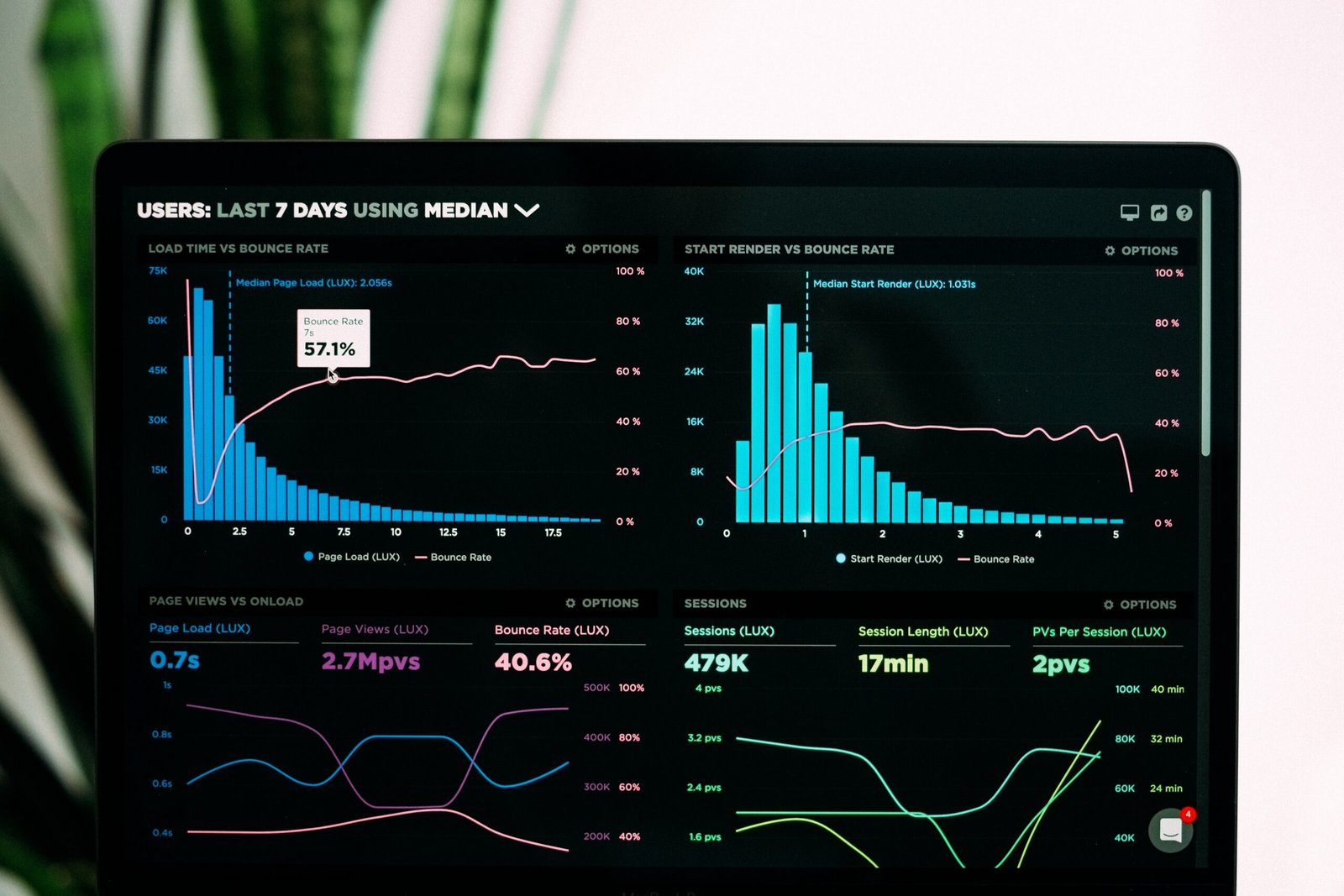Introduction WordPress is a popular content management system (CMS) that allows users to create and manage websites without any coding knowledge. Whether you want to start a blog, an online store, or a business website, WordPress provides a user-friendly platform to get started. In this beginner’s guide, we will walk you through the basics of setting up and customizing your WordPress website.
1. Getting Started
To begin, you will need a domain name and web hosting. A domain name is the address of your website (e.g., www.yourwebsite.com), and web hosting is where your website’s files are stored. Many web hosting providers offer easy WordPress installation, making it simple to get started.
2. Installing WordPress
Once you have your domain and hosting, you can install WordPress. Most hosting providers offer a one-click installation option, which makes the process quick and hassle-free. After installation, you can access your WordPress dashboard, where you will manage your website’s content and settings.
3. Choosing a Theme
A theme determines the overall look and layout of your website. WordPress offers a wide range of free and premium themes to choose from. You can browse through the theme library and select the one that best suits your website’s purpose and style. Once you have chosen a theme, you can customize it further to match your branding and preferences.
4. Adding Content
With WordPress, adding content to your website is simple. You can create pages for static content like your homepage, about page, and contact page. Additionally, you can create blog posts to regularly publish new content. The WordPress editor provides a familiar interface, similar to a word processor, making it easy to format and style your content.
5. Installing Plugins
Plugins are like apps for your WordPress website. They add additional functionality and features to enhance your website’s performance and user experience. Some popular plugins include SEO plugins to optimize your website for search engines, security plugins to protect your site from hackers, and social media plugins to integrate social sharing buttons.
6. Customizing Your Website
WordPress allows you to customize your website to match your brand and style. You can customize the colors, fonts, and layout using the built-in customization options or by using a page builder plugin. Additionally, you can add widgets to your sidebar or footer to display additional content or functionality.
7. Optimizing for Search Engines
Search engine optimization (SEO) is essential to help your website rank higher in search engine results. WordPress offers various SEO plugins that can help you optimize your website’s content, meta tags, and other SEO elements. Additionally, you can create SEO-friendly URLs, use relevant keywords in your content, and build quality backlinks to improve your website’s visibility.
8. Regular Maintenance
Regular maintenance is crucial to keep your WordPress website secure and up to date. This includes updating WordPress core, themes, and plugins, backing up your website regularly, and monitoring for any security vulnerabilities. You can also optimize your website’s performance by cleaning up unused plugins and optimizing images.
9. Getting Support
If you encounter any issues or have questions, WordPress has a vast community of users and developers who can help. You can find support through WordPress forums, online tutorials, and documentation. Additionally, there are numerous WordPress blogs and websites that provide tips, tricks, and tutorials to help you make the most of your WordPress website.
Conclusion
WordPress is a powerful and versatile platform that allows beginners to create professional-looking websites with ease. By following this beginner’s guide, you can set up, customize, and optimize your WordPress website to meet your specific needs. With practice and exploration, you’ll soon become proficient in managing your WordPress website and unlocking its full potential.












